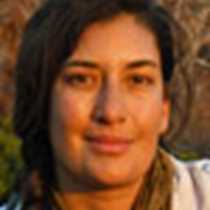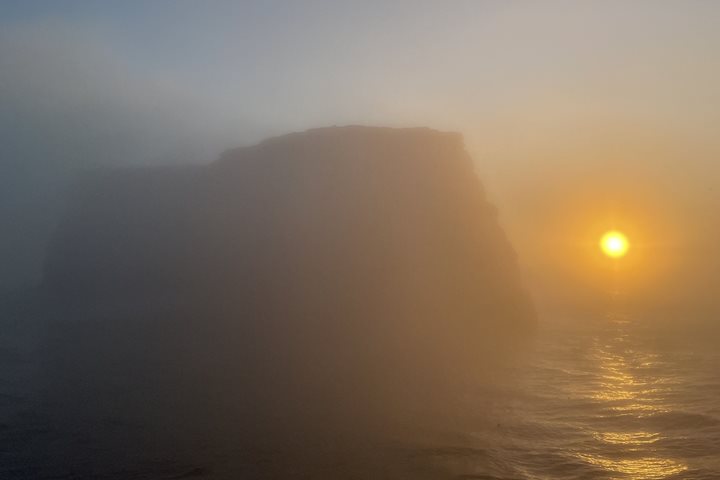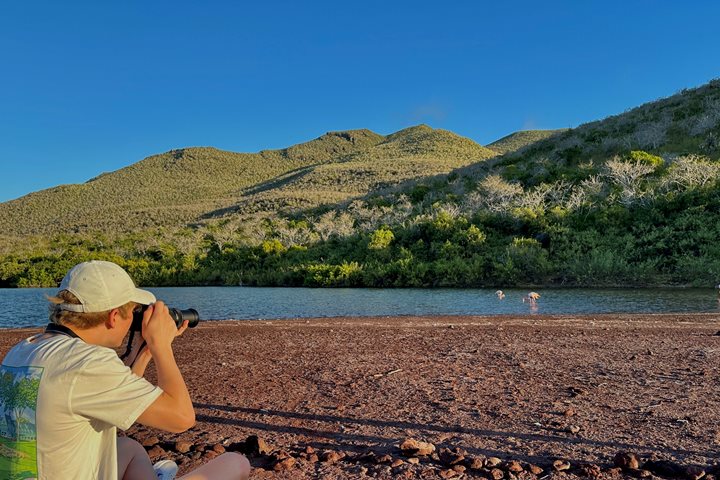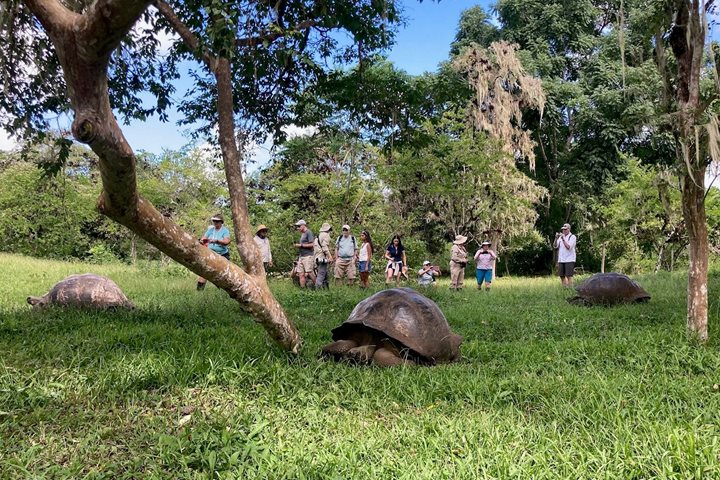These two islands comprise over 60 percent of the total land mass in Galapagos; they are also home to the most active volcanoes across the archipelago. Volcanic activity can be expected every couple of years. The last occurrence, which took place just a few months ago, was perhaps the most active eruption to occur in the past century and added several miles of land for Galapagos as a result.
- Daily Expedition Reports
- 30 Apr 2019
Isabela & Fernandina Islands, 4/30/2019, National Geographic Islander
- Aboard the National Geographic Islander
- Galápagos
Walter Perez, Naturalist/Certified Photo Instructor
Walter was born in a very small town on the mainland of Ecuador. His first trip to the Galápagos was when he was 12 years old, visiting friends and aunt, who had moved to the islands. From the first moment he saw the Islands, he fell in love with the...
Read MoreLiza Diaz Lalova, Videographer
Liza fell in love with the ocean as a child growing up on the Ecuadorian coast. Her passion for storytelling and photography began at the age of seven, when she began filming her friends as they recreated stories from her parents' library. Liza later...
Read MoreShare Report
Galápagos Escape: An 8-Day Voyage
VIEW ITINERARYRelated Reports
5/20/2025
Read
National Geographic Islander II
North Seymour and Rabida Islands
Today was an amazing day from sunrise to sunset. We explored the beautiful North Seymour Island in the first part of the day. So many birds! We even saw the fascinating courtship dance of the blue-footed boobies. What a treat! In the afternoon, we went for our first snorkeling experience in the Galapagos, swimming with sea lions and so many fish. To end our day, we had the option to go for a photo-oriented or natural history walk along the astonishing red sand beach of Rabida Island. I oversaw the photo-oriented walk, and we had so much fun. Our guests put into practice what they learned during the photo presentation we had yesterday, and the result was amazing. We cannot wait for another day full of adventures in the Galapagos Archipelago.
5/19/2025
Read
National Geographic Islander II
Santa Cruz Island
Our first full day had plenty of wonderful surprises as we disembarked in Puerto Ayora, the main town on Santa Cruz Island. As soon as we arrived, we took a bus all the way to the highlands of Santa Cruz until we reached El Trapiche Farm, a unique site where the guests of National Geographic Islander II learned about the production of organic coffee, cocoa, and sugarcane liquor. Afterwards, we visited the Twin Craters. This amazing site is comprised of two incredible pit craters formed by the collapse of volcanic magma chambers. The area is surrounded by a forest of the unique Scalesia pedunculata, a tree that is endemic to the area. The spectacular visit to El Manzanillo Ranch gave us the opportunity to walk among the incredible Galapagos giant tortoises, often found in the early afternoon having lunch and resting. Being surrounded by these gentle giants was the best way of ending our visit.









